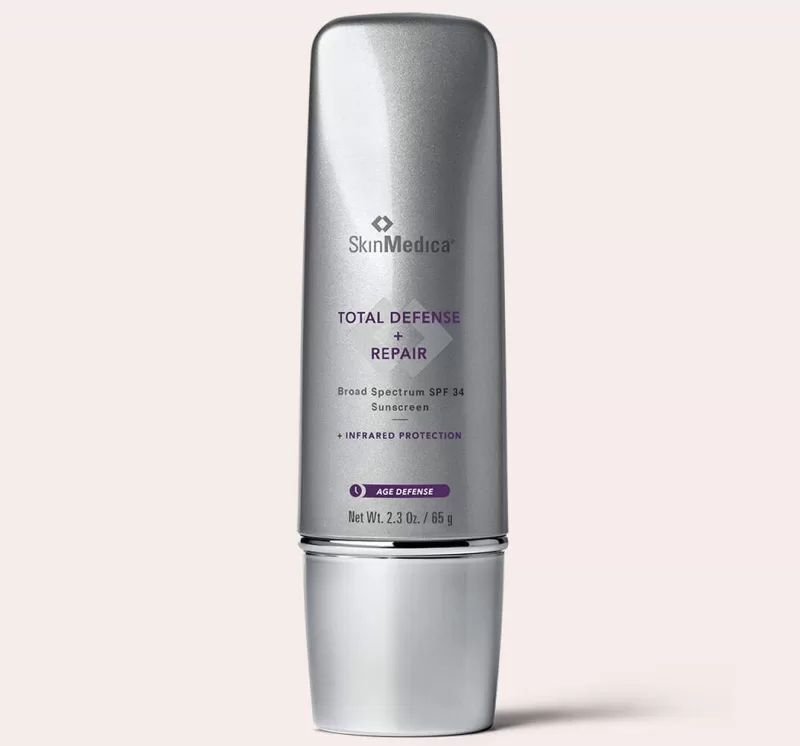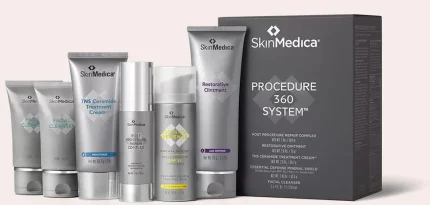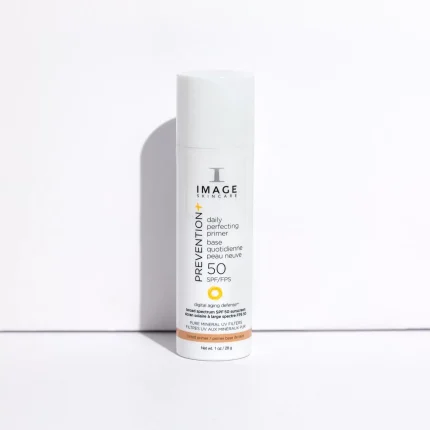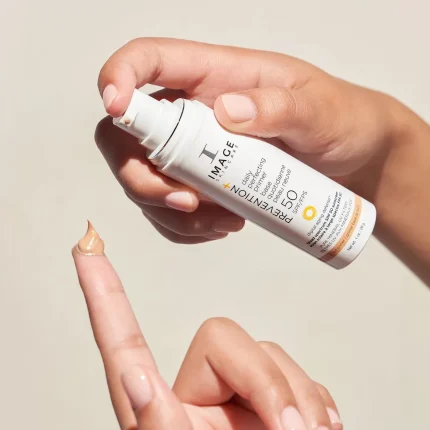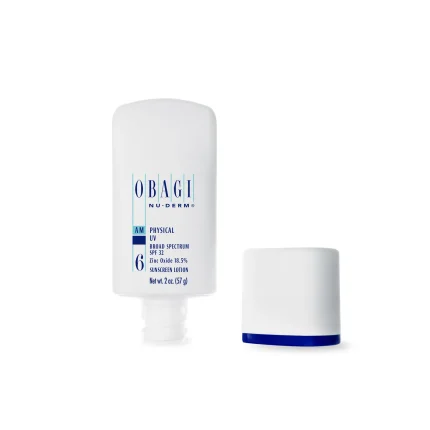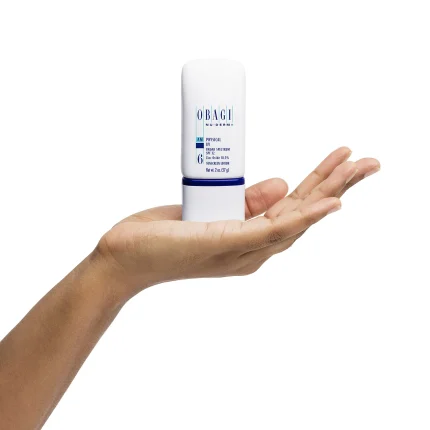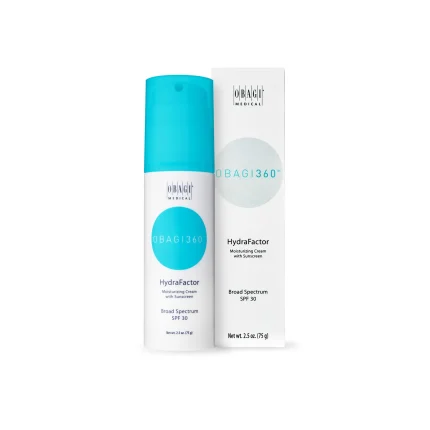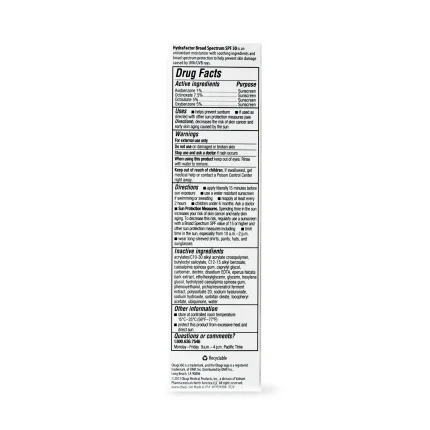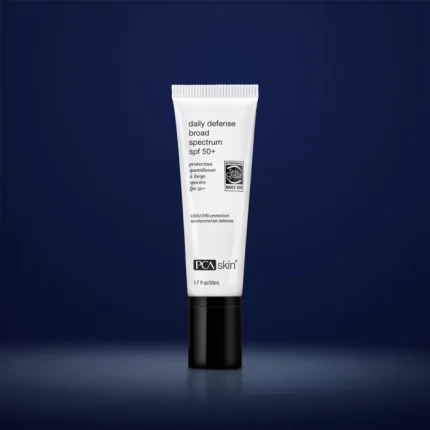Uncover What Your Skin Needs
Our skin biologists and formulation scientists are constantly researching so we can continue to deliver innovative new products to meet a wide range of skin care needs.
Photodamage
Sun exposure is by far the most influential environmental factor affecting the aging of the skin and the leading cause of photodamage. Photodamage to the skin is caused by exposure to harmful ultraviolet light. It is most commonly a chronic condition that results in gradual changes in the skin caused by an accumulation of sun exposure over time. Acute forms of photodamage can be caused by sunburn.
Age-Spots
Pigment producing cells in the skin (melanocytes) are stimulated to produce more pigment when exposed to ultraviolet rays, resulting in age-spots (also known as sun spots or solar lentigines). Age spots are associated with cumulative sun exposure. and mostly appear in areas consistently exposed to sunlight such as the back of the hands, forearms, neck, chest and face.
Acne-Prone Skin
Acne is a chronic inflammatory disorder of the pilosebaceous unit that affects at least 85% of adolescents and young adults. Distribution of acne lesions is generally limited to areas with well developed sebaceous glands including the face, back, chest and upper arms. Characteristics of acne include open comedones (blackheads), closed comedones (whiteheads), papules, pustules (inflamed pimples) and cysts.
Characteristics of Dry Skin
A thin epidermis, underactive sebaceous glands, lack of moisture, skin feels tight (especially after washing), skin appears to be dull, flaking of the skin, fine lines and wrinkles are evident, skin generally has fine pores, and skin can feel itchy.
Normal to Dry Skin
Normal to dry skin tends to look dull around the cheek, eye, and lip area. It can be exacerbated by hot, dry weather in the summer months in dry climates or by indoor heating systems during the dry winter months.
Normal to Oily Skin
Normal to oily skin tends to be glossy and oily to the touch, especially on the forehead, chin, nose or the “T” zone. The skin may become oily as the day goes on or during periods of stress.

